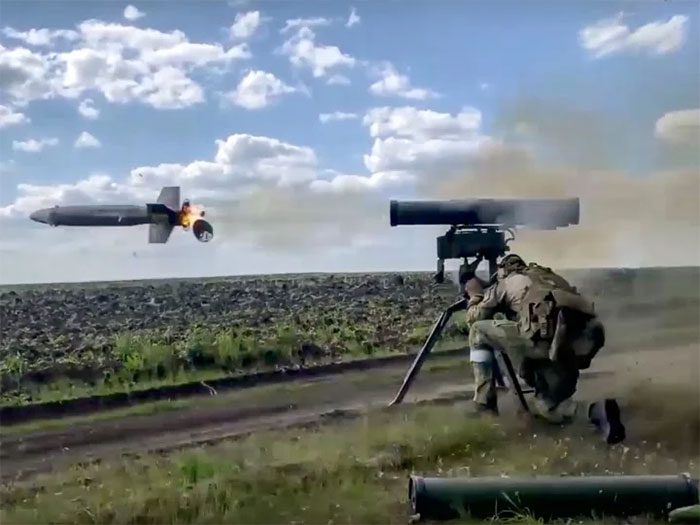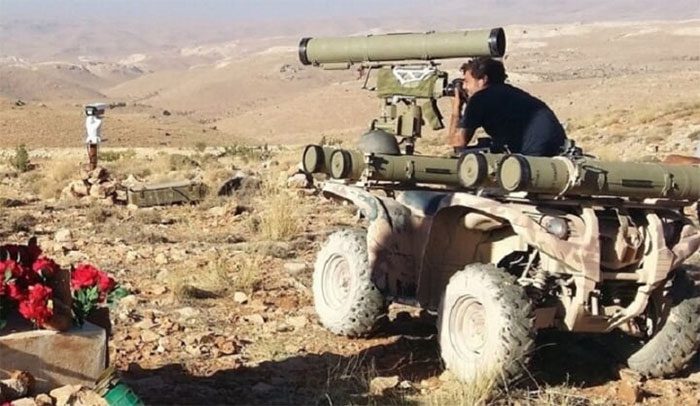The Kornet is an anti-tank guided missile developed by the KBP Instrument Design Bureau of Russia in the 1990s and officially entered service in 1994.
The Kornet is a lightweight man-portable missile system weighing 28 kg, designed for infantry units. Like many of Russia’s existing weapon systems, Kornet was also researched and developed during the Soviet era.

Russian soldiers using Kornet missiles.
After a long delay due to the dissolution of the Soviet Union, this missile was officially adopted in 1998. The initial variants of Kornet were first used in combat during the Iraq War, where Iraqi special forces effectively deployed the missiles against U.S. Abrams tanks and Bradley fighting vehicles in 2003.
The Kornet also demonstrated similar effectiveness against Israel’s Merkava tanks, including the latest Merkava IV variant. The missile was first used by Hezbollah in 2006, where it destroyed at least twenty vehicles during Israel’s offensive in Southern Lebanon that year.
Militants from the Islamic State (IS) also effectively utilized captured Kornet missiles to disable several Abrams tanks of the Iraqi army starting in 2014. Additional reports indicate that Kornet missiles were used by militia forces against Turkey’s Leopard 2 tanks in Syria. The success of the Kornet missile has led both Iran and North Korea to acquire licenses and develop domestic variants of the missile.

Hezbollah’s Kornet anti-tank missile position.
The combat effectiveness of the Kornet is rooted in the successes of the Soviet era, particularly in developing mobile anti-tank guided missile systems during the Cold War. The Soviet Konkurs and Metis anti-tank missile systems were regarded as some of the world’s top anti-tank weapons, surpassing their Western counterparts.
A notable feature of the Kornet missile is its dual-charge HEAT warhead, separated by the missile’s rocket motor, which allows the second charge to extend its range and significantly improve the missile’s penetration capability while enhancing its survivability against countermeasures.
The Kornet missile features a day/night thermal imaging sight with a zoom capability of x12/x20, which significantly outperforms similar Western missiles. Additionally, the missile is equipped with a laser-guided system to maximize firing accuracy.
Currently, advanced variants of the Kornet are under development, most notably the Kornet-EM, which boasts an extended range and enhanced features to effectively counter explosive reactive armor as well as automatic target tracking capabilities.
Although the Kornet remains a dangerous and cost-effective weapon, its capabilities are increasingly viewed as outdated compared to the superior features designed for later systems such as the American Javelin, Israeli Spike, and Chinese HJ-12.
All of these anti-tank missiles were developed many years after the Kornet became operational and include enhanced “fire and forget” capabilities that the Russian missile lacks. However, the Kornet continues to prove its worth on the battlefield and is still considered a formidable threat to Western tanks.


















































